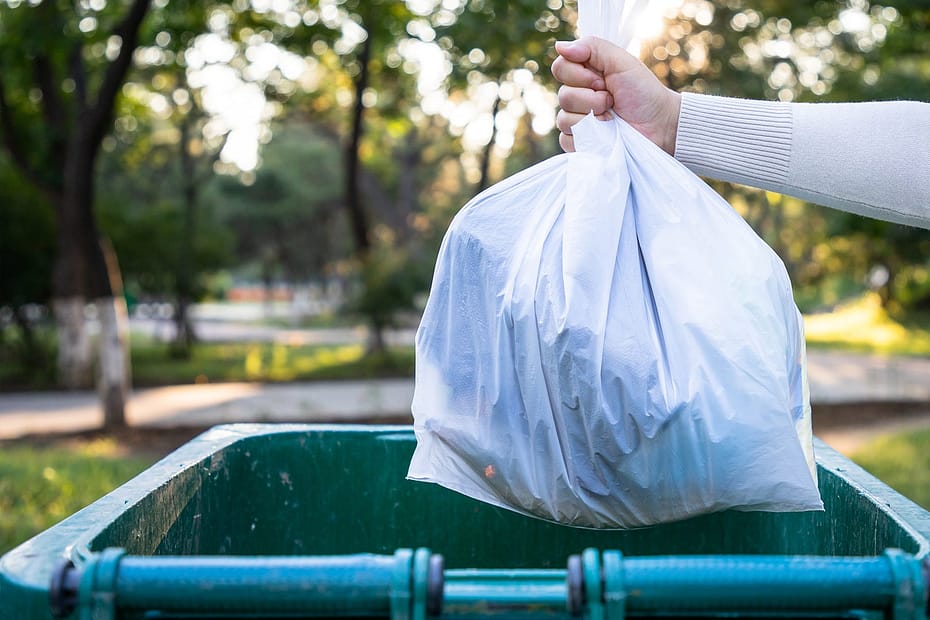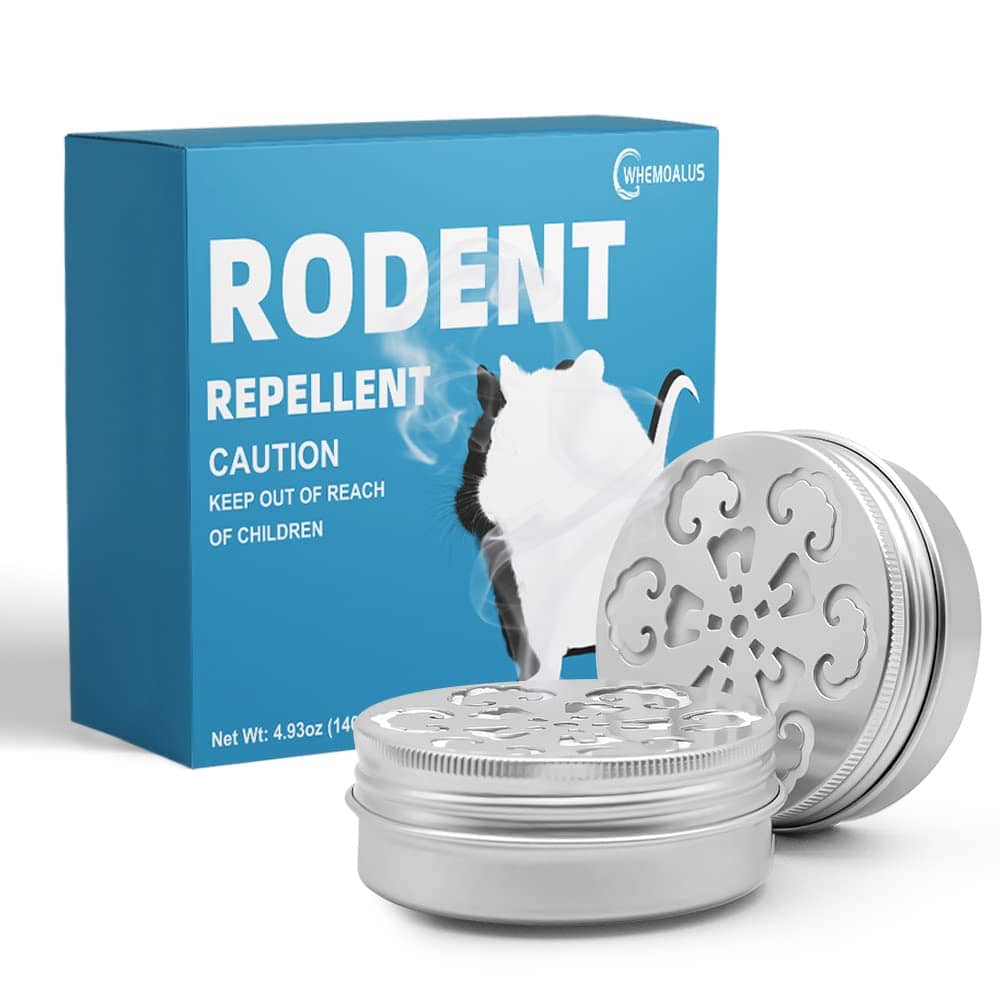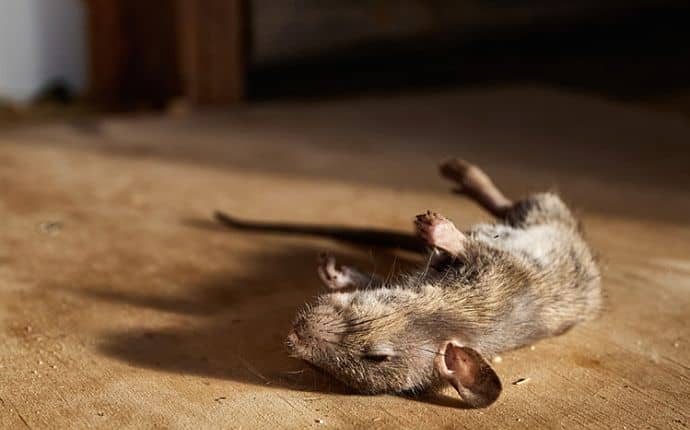Proper disposal of dead mice involves placing the carcass in a sealed plastic bag before disposing of it in an outdoor trash bin. When dealing with a dead mouse in your home, proper disposal is essential to prevent the spread of disease and the attraction of other pests.
Dead mice can be carriers of harmful bacteria and parasites, posing health risks to humans and pets. By following a few simple steps, you can ensure the safe and efficient removal of these pests. We will discuss the proper method of disposing of dead mice, including where to place the carcass and how to seal it before placing it in the trash.
With these guidelines, you can effectively handle the disposal of dead mice in a responsible manner.
The Dangers Of Improper Disposal
Proper disposal of dead mice is essential to prevent potential health hazards. Improper disposal can attract pests and spread diseases, posing risks to both humans and animals. Take precautions, such as double-bagging and sealing the remains, to ensure safe and responsible disposal.
Health Risks Associated With Leaving Dead Mice Unattended:
- Dead mice can pose serious health risks if not disposed of properly, as they can carry harmful bacteria and diseases.
- The decomposing bodies of mice release various toxins and allergens into the air, which can be inhaled and cause respiratory issues.
- Exposure to the bacteria present in dead mice can lead to infections, such as salmonella and leptospirosis, which can cause symptoms like fever, diarrhea, and muscle pain.
- The presence of dead mice also attracts other pests, such as flies and maggots, which can further contribute to the spread of diseases.
Attracting Other Pests And Spreading Disease:
- Leaving dead mice unattended can attract other pests to your property, creating a larger infestation problem.
- Flies and maggots are commonly drawn to dead mice, and they can carry diseases and bacteria from the carcass to other areas of your home.
- Rats and other rodents may also be attracted to the scent of a dead mouse, increasing the risk of a larger infestation.
- The presence of other pests can lead to the spread of diseases within your home, as they carry various pathogens on their bodies and in their feces.
How Negligence Can Lead To Infestation And Property Damage:
- Neglecting to properly dispose of dead mice can result in an ongoing infestation problem in your home.
- When dead mice are not removed, their scent lingers and can attract more rodents, leading to a larger population.
- A larger rodent population can cause significant damage to your property, chewing through wires, insulation, and creating nests in hard-to-reach areas.
- The longer dead mice are left unattended, the more time pests have to establish themselves and cause damage to your home.
Remember, it is crucial to prioritize the proper disposal of dead mice to avoid health risks, prevent the attraction of other pests, and avoid potential property damage. Taking action promptly will ensure a safe and pest-free environment for you and your family.

Credit: www.terminix.com
Steps To Safely Dispose Of Dead Mice
Dispose of dead mice safely with these simple steps. Wrap the mouse in a plastic bag, seal it tightly, and double-bag it for extra protection. Place it in an outdoor garbage bin or contact your local waste management facility for proper disposal.
Gathering The Necessary Supplies
- Wear disposable gloves: When handling a dead mouse, it’s crucial to protect yourself from potential diseases and pests. Disposable gloves act as a barrier and minimize health risks.
- Use an airtight plastic bag or container: Place the dead mouse in a sealable plastic bag or container to prevent any odor or further contamination.
- Prepare disinfectant: Have a disinfectant solution ready, such as a mixture of bleach and water or a commercial disinfectant, to clean the affected area thoroughly.
Proper Handling And Protection
- Avoid direct contact: Minimize contact with the dead mouse to reduce the risk of exposure to diseases. Use gloves and other protective equipment whenever possible.
- Use a plastic bag as a barrier: If you need to handle the mouse directly, use a plastic bag as a barrier. This way, you can prevent direct skin contact and safely dispose of the mouse afterward.
- Wash hands thoroughly: After handling the dead mouse or removing gloves, wash your hands with soap and water for at least 20 seconds to eliminate any potential contamination.
Disposal Options: Burials, Trash Bins, Or Incineration
- Burials: If you have a garden or outdoor space, burying the dead mouse is an eco-friendly option. Dig a hole at least 12 inches deep and place the mouse in it. Cover the hole with soil, ensuring it is securely buried to prevent scavenging animals from accessing it.
- Trash bins: Place the sealed plastic bag containing the dead mouse in a trash bin with a secure lid. This method is suitable for indoor scenarios where burial is not feasible.
- Incineration: In some areas, incineration is an approved disposal method. Check local regulations and guidelines to determine if this option is available and permissible. Professional incineration services may also be an option to consider.
Addressing Indoor And Outdoor Scenarios
Indoor Scenarios:
- Keep windows open: Improve ventilation by opening windows in the area where the dead mouse is found. Fresh air circulation helps dissipate any odor and prevents potential airborne contaminants.
- Clean the affected area: After removing the dead mouse, clean the area thoroughly with a disinfectant solution. Pay attention to surfaces that may have come into contact with the mouse, including floors, countertops, and furniture.
- Monitor for pest activity: To ensure there are no underlying pest problems contributing to the presence of the dead mouse, keep an eye out for any signs of continued pest activity. Seal any entry points to prevent further infestations.
Outdoor Scenarios:
- Choose a suitable burial spot: Select a location away from human activity, water sources, and food preparation areas. This ensures the buried mouse remains undisturbed and doesn’t pose any health risks.
- Monitor for scavengers: Keep an eye out for scavenging animals that may be attracted to the burial site. Add a layer of soil or rocks on top of the burial spot to deter them.
- Maintain cleanliness: Regularly clean outdoor areas, removing any potential attractants for pests. This includes securing trash bins, cleaning up spills, and promptly disposing of food waste in a proper manner.
Remember, proper disposal of dead mice is essential to maintain hygiene and prevent the spread of diseases. By following these steps, you can ensure a safe and effective disposal process for both indoor and outdoor scenarios.
Tips For Preventing Mouse Infestations
Prevent mouse infestations by properly disposing of dead mice. This crucial step helps eliminate potential nesting grounds and discourages other mice from entering your home.
Sealing Entry Points
- Inspect your home thoroughly to identify any potential entry points for mice.
- Use caulk or sealant to close up any cracks or gaps in walls, foundation, windows, and doors.
- Pay attention to areas where utility lines enter your home and seal them tightly.
- Install door sweeps and weather stripping to prevent mice from entering through gaps under doors.
- Don’t forget to seal gaps in attics, basements, and crawl spaces as well.
Maintaining Cleanliness And Hygiene
- Keep your home clean and well-maintained to discourage mice from taking up residence.
- Store food in airtight containers to eliminate potential food sources for mice.
- Clean up spilled food promptly and avoid leaving crumbs or leftovers out in the open.
- Regularly vacuum and sweep floors to remove any food particles that may attract mice.
- Dispose of garbage in tightly sealed containers and keep them away from your home.
Regular Inspections And Use Of Traps Or Baits
- Conduct regular inspections of your home, paying attention to areas where mice are commonly found, such as kitchens, basements, and garages.
- Set up mouse traps or bait stations in strategic locations, such as along walls or near entry points.
- Choose the appropriate type of trap or bait for your situation, whether it’s snap traps, sticky traps, or poison baits.
- Monitor the traps or baits regularly and dispose of captured mice or replace baits as needed.
Seeking Professional Help If Necessary
- If your mouse infestation persists or if you’re dealing with a large infestation, it may be time to seek professional help.
- Pest control professionals have the experience and knowledge to effectively eliminate mice from your home.
- They can conduct a thorough inspection, identify problem areas, and implement effective eradication methods.
- Professional help ensures that the infestation is properly addressed, reducing the risk of future mice problems.
Remember, prevention is key when it comes to mouse infestations. By sealing entry points, maintaining cleanliness, conducting regular inspections, and seeking professional help if needed, you can keep your home mouse-free and prevent potential health and property damage. Stay vigilant and take proactive measures to avoid unwelcome guests scurrying around your living space.
Frequently Asked Questions For Proper Disposal Of Dead Mice
What Should You Do With A Dead Mouse?
Dispose of a dead mouse by wearing gloves, placing it in a sealed plastic bag, and throwing it in the trash.
Is It Ok To Flush A Dead Mouse Down The Toilet?
No, it is not recommended to flush a dead mouse down the toilet.
How Do You Dispose Of A Mouse After Catching It?
To dispose of a caught mouse, place it in a sealed plastic bag and throw it in the trash.
How Do You Dispose Of Mice Without Killing Them?
To dispose of mice without killing them, use humane traps and release them in another location.
Conclusion
Proper disposal of dead mice is essential not only for maintaining a clean and hygienic environment, but also for preventing the spread of diseases and protecting your family’s health. By following the correct steps, you can ensure that the disposal process is safe and effective.
Remember to wear protective gloves and use sealable plastic bags or containers to avoid direct contact with the dead mice. Additionally, it’s important to choose an appropriate disposal method, such as burying the mice at least a foot deep in a designated area or using an outdoor trash bin with a secure lid.
Be mindful of local regulations and guidelines when disposing of dead mice, as they may vary depending on your location. Lastly, regular cleaning and preventive measures, such as keeping food stored properly and sealing any possible entry points, can help minimize the chances of having to deal with dead mice in the first place.
Prioritizing proper disposal of dead mice will contribute to a healthier and safer living environment for you and your loved ones.


